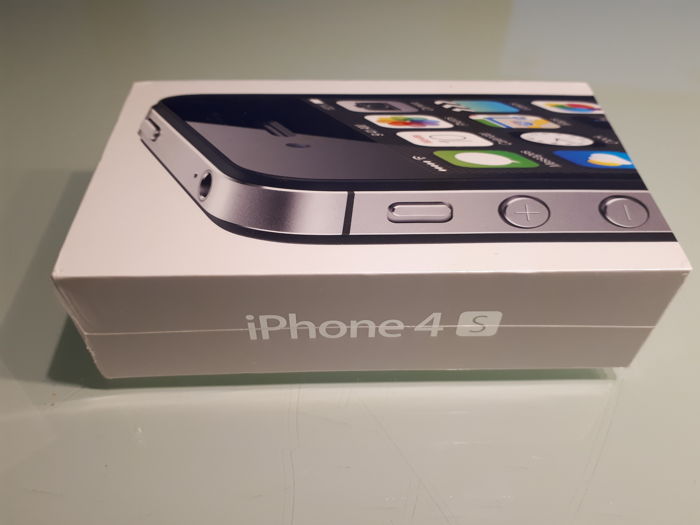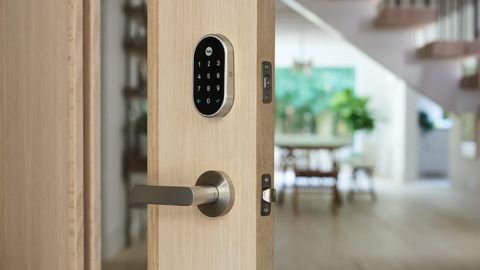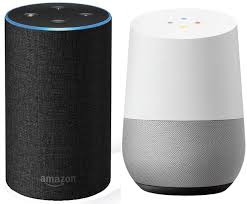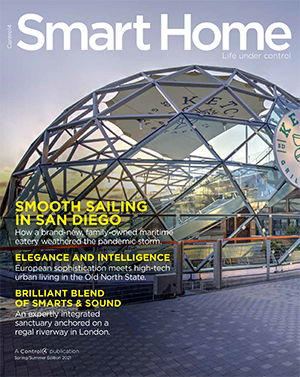A Decade in Review: How Households Smartened Up in the 2010s
January 3, 2020
This blog post comes to us from guest writer Rebecca Lee Armstrong, a tech expert who has been writing about the internet and smart devices for 5 years.
Looking back on the innovations that shaped home automation in the 2010s is equal parts nostalgia and wonder. Now that we have the luxuries of smart home tech, it’s hard to imagine life without them. But just 10 years ago, we didn’t have smart locks, virtual assistants, or even smart speakers.
Tech has come such a long way in the last decade, especially when it comes to smart home devices. Our houses have grown exponentially more intelligent in the span of ten years, and accordingly have streamlined many aspects of daily life. I, for one, love being able to wake up and tell my house I want it to be warmer in the upstairs bedrooms.
Of course, smart home devices and systems have improved since their first iterations were introduced, but let’s take a look back on the major smart home innovations that have brought us to where we are today.
2010
IBM’s question-answering robot, Watson, won a game of Jeopardy. Even though Watson wasn’t actually a smart home device (it was the size of a large bedroom), it was the first robot that could listen, comprehend, and respond to natural human language. Its televised run on the game show introduced the world to this technology and paved the way for our beloved voice-activated virtual assistants.
2011
October of 2011 saw two major smart device developments. The first was the iPhone 4S, the first smartphone with Siri integration. Siri was not yet the AI powerhouse we know and love today, but she brought virtual voice assistants into the mainstream.

Also in 2011, smart thermostats started to take the market by storm. Although they'd been around since Ecobee was founded in 2007, it wasn't until 2011 that we really started to see full integrations with other devices and the feature sets we know and love today. It seems appropriate that the smart thermostat was the first big consumer product release for smart homes, as it seems to be a common introductory smart home product (a smart thermostat was one of the first smart upgrades I made to my home). That’s probably at least partially because of the energy-saving (and money-saving) benefits.
2012
Continuing on the energy-saving trend, lighting was the next big innovation in smart home tech. The first smart LED light bulb debuted in 2012 to a warm reception. Though dimmable lights and lighting control existed prior, the smart bulb’s programmable settings and app interface pushed smart lighting into the spotlight.
2013
The Ring video doorbell and August smart lock brought home automation to our front doors in 2013. Smart locks and doorbells combined revolutionized how we keep track of the comings and goings in our homes, simultaneously protecting us from accidentally-left-unlocked doors and welcoming friends into our homes from our smartphones.

2014
The Amazon Echo smart speaker, Alexa, and an entire smart home ecosystem were born in 2014. Alexa was not originally intended to be the robust, all-connecting voice assistant she is today, but once Alexa was out there, businesses and consumers saw the value of centralizing control of all your smart devices to one interface, rather than keeping separate apps for every smart device in your home.
2016
Also in 2016, Control4 released an Alexa skill that allowed for voice-controlled automation within professionally-installed smart homes. This development made it easier than ever for users to connect and control their devices, and laid the groundwork for continued voice control and integrated automation.
2019
The next generation of cellular tech—5G—started rolling out in earnest in 2019. For the smart home, 5G means faster and more efficient communication between smart devices, which will particularly improve the effectiveness of smart devices with cameras, like video doorbells and security systems. 5G will also expand possibilities for smart, connected devices outside the home, opening up potential for smart cities.
2020 and beyond
We don’t know for sure what the future will hold for smart home technology, but we can hope for better efficiency, intuitiveness, cross-compatibility, and security in our smart homes moving forward.
Looking back on the innovations that shaped home automation in the 2010s is equal parts nostalgia and wonder. Now that we have the luxuries of smart home tech, it’s hard to imagine life without them. But just 10 years ago, we didn’t have smart locks, virtual assistants, or even smart speakers.
Tech has come such a long way in the last decade, especially when it comes to smart home devices. Our houses have grown exponentially more intelligent in the span of ten years, and accordingly have streamlined many aspects of daily life. I, for one, love being able to wake up and tell my house I want it to be warmer in the upstairs bedrooms.
Of course, smart home devices and systems have improved since their first iterations were introduced, but let’s take a look back on the major smart home innovations that have brought us to where we are today.
2010
IBM’s question-answering robot, Watson, won a game of Jeopardy. Even though Watson wasn’t actually a smart home device (it was the size of a large bedroom), it was the first robot that could listen, comprehend, and respond to natural human language. Its televised run on the game show introduced the world to this technology and paved the way for our beloved voice-activated virtual assistants.
2011
October of 2011 saw two major smart device developments. The first was the iPhone 4S, the first smartphone with Siri integration. Siri was not yet the AI powerhouse we know and love today, but she brought virtual voice assistants into the mainstream.
Also in 2011, smart thermostats started to take the market by storm. Although they'd been around since Ecobee was founded in 2007, it wasn't until 2011 that we really started to see full integrations with other devices and the feature sets we know and love today. It seems appropriate that the smart thermostat was the first big consumer product release for smart homes, as it seems to be a common introductory smart home product (a smart thermostat was one of the first smart upgrades I made to my home). That’s probably at least partially because of the energy-saving (and money-saving) benefits.
2012
Continuing on the energy-saving trend, lighting was the next big innovation in smart home tech. The first smart LED light bulb debuted in 2012 to a warm reception. Though dimmable lights and lighting control existed prior, the smart bulb’s programmable settings and app interface pushed smart lighting into the spotlight.
2013
The Ring video doorbell and August smart lock brought home automation to our front doors in 2013. Smart locks and doorbells combined revolutionized how we keep track of the comings and goings in our homes, simultaneously protecting us from accidentally-left-unlocked doors and welcoming friends into our homes from our smartphones.
2014
The Amazon Echo smart speaker, Alexa, and an entire smart home ecosystem were born in 2014. Alexa was not originally intended to be the robust, all-connecting voice assistant she is today, but once Alexa was out there, businesses and consumers saw the value of centralizing control of all your smart devices to one interface, rather than keeping separate apps for every smart device in your home.
2016
Google entered the virtual assistant and smart speaker market with Google Assistant and Google Home respectively in 2016. The tech giant was already invested in home automation (it acquired Nest Labs in 2014), but Google’s creation of a competing smart speaker/assistant combo began the truly unfortunate trend of limiting smart home device compatibility to either Google Assistant or Alexa.
Also in 2016, Control4 released an Alexa skill that allowed for voice-controlled automation within professionally-installed smart homes. This development made it easier than ever for users to connect and control their devices, and laid the groundwork for continued voice control and integrated automation.
2019
The next generation of cellular tech—5G—started rolling out in earnest in 2019. For the smart home, 5G means faster and more efficient communication between smart devices, which will particularly improve the effectiveness of smart devices with cameras, like video doorbells and security systems. 5G will also expand possibilities for smart, connected devices outside the home, opening up potential for smart cities.
2020 and beyond
We don’t know for sure what the future will hold for smart home technology, but we can hope for better efficiency, intuitiveness, cross-compatibility, and security in our smart homes moving forward.
READY TO GET AHEAD OF THE TECH CURVE THIS DECADE
WITH A SMART HOME FROM CONTROL4?
LEAVE YOUR INFO BELOW TO LEARN MORE.
WITH A SMART HOME FROM CONTROL4?
LEAVE YOUR INFO BELOW TO LEARN MORE.
We take your privacy seriously and we promise we won't spam you; please see our privacy policy for details. By submitting your information, you are confirming that you are 18 years of age
Thank you

